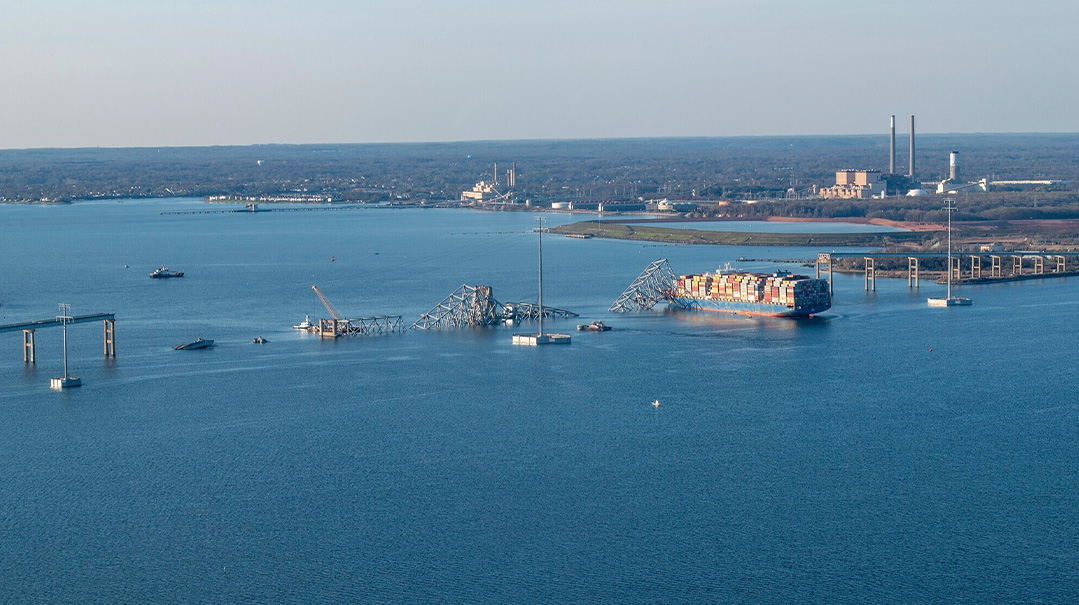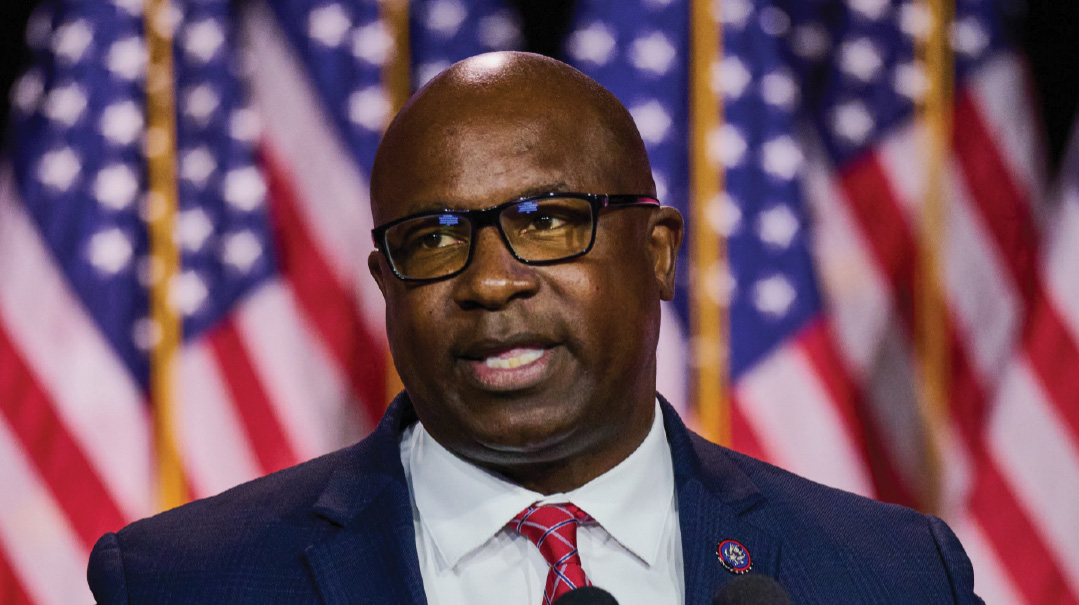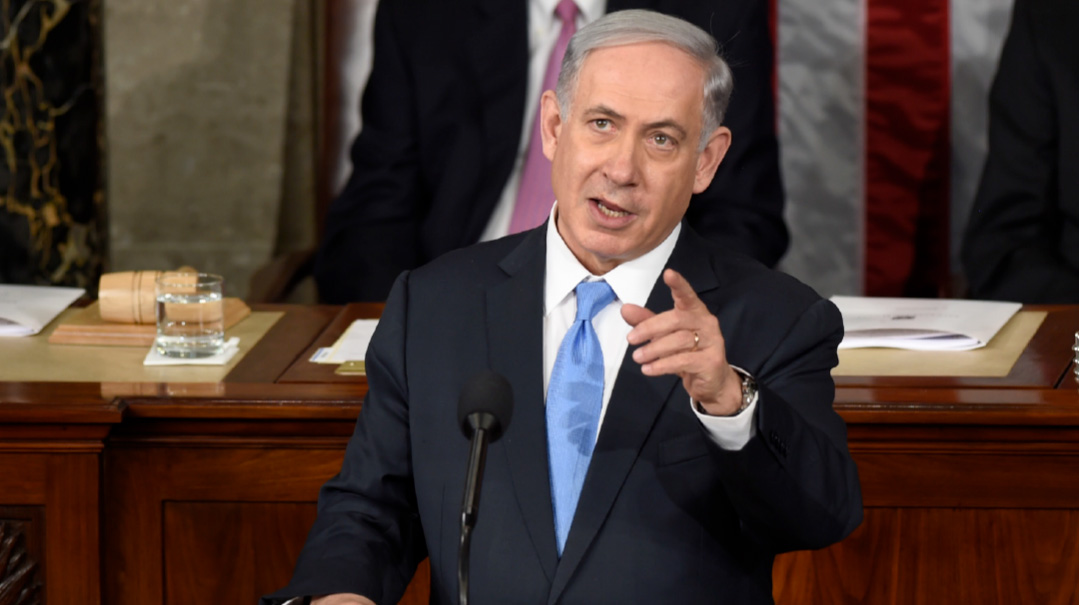Safety First Is More than a Slogan

The infrastructure in the world’s wealthiest nation is getting worse with age

Photo: AP Images
The idiom that an ounce of prevention is worth a pound of cure applies more than ever to America’s creaky infrastructure.
Federal officials from President Joe Biden on down have pledged a speedy rebuild of Baltimore’s Francis Scott Key Bridge, which collapsed last week after a 100,000-ton cargo ship lost power and collided with one of the bridge’s support pillars, killing six construction workers on site.
While this collision may qualify as a freakish accident, it was an accident waiting to happen. The infrastructure in the world’s wealthiest nation is getting worse with age, and the government is playing catch-up to try to compensate for decades of neglect.
The American Society of Civil Engineers (ASCE) issues a report card every four years on the condition of America’s roads, bridges, airports, and utilities, providing cost estimates and ideas for repairs and maintenance. Its next report is due a year from now, but its last report, released in March 2021, assigned American infrastructure an overall grade of C-minus.
That’s a slight improvement from the D-plus it handed out in both 2017 and 2013, but it still shows slippage from the C grade it conferred when it first started issuing reports in 1988.
This means that in the past 36 years, America’s infrastructure has regressed, even though the nation’s economic growth quintupled during that span.
Specifically, the 2021 report gave the United States a C for bridges, a D-plus for aviation, a D for roads, and a D-minus for public transit. Some 43% of the nation’s roads are in poor or mediocre condition. More than 231,000 of the country’s 617,000 bridges, or 37%, require repair or preservation work. While airport runways are generally in excellent or good condition, terminal and gate space lag demand for air travel, leading to a rising number of late takeoffs and landings.
President Biden signed a new $1.2 trillion infrastructure bill into law in November 2021 to fund more than 40,000 infrastructure projects nationwide. It’s not exactly too little, too late, but based on the ASCE cost estimates, that sum is less than half of what’s needed to fix the problems we already know about.
Federal law requires bridge inspections once every two years. In May 2022, inspectors found the Francis Scott Key Bridge to be in “fair” condition, although they downgraded one of its reinforced concrete columns.
The Dali, the ship that rammed the bridge, had structural problems of its own. It suffered hull damage that impaired its seaworthiness after hitting a quay in Antwerp in 2016. The ship, which sails under a Singapore flag, passed Singapore’s Maritime and Port Authority state inspections in June and September 2023, but a Chilean inspector cited the Dali last June for deficiencies with “propulsion and auxiliary machinery.”
John Konrad, a veteran oil rig captain and shipbuilder who monitors maritime traffic online for gCaptain, noted that a few minor deficiencies are not uncommon for a cargo ship of this size; “however, the recent incident in Baltimore has brought this previous citation back into focus, suggesting the possibility of a recurring issue with the vessel’s propulsion system.”
Placing the Blame
It may take a year until the National Transportation Safety Board, which launched an investigation into the accident, issues its verdicts. Unfortunately, in today’s day and age, when speculation and conspiracy theories are all the rage, reactions have varied from the absurd to the ridiculous.
One posting on X, formerly Twitter, accused Israelis of deploying its “Talmudic network to take down the bridge” in retaliation for the US abstention on a UN vote demanding a cease-fire in Gaza. Another post falsely claimed that the Dali’s ship captain was a Ukrainian upset with lackluster American military aid to his country. One video purportedly showing the bridge being blown up was in fact taken in 2022, during the explosion of a bridge connecting Russia and Crimea.
Others posted a clip of Secretary of Transportation Pete Buttigieg saying racism contributed to the accident. That clip had no relation to Baltimore. It’s from a news conference Buttigieg gave three years ago, when he launched a $1 billion pilot project to reconnect inner cities and neighborhoods that were divided when the US built its interstate highway system in the 1950s.
President Biden offered some $60 million in federal aid to clear the bridge debris from the Port of Baltimore, which is now out of commission. But he committed a gaffe by saying he used to travel that bridge by train (the bridge has no train tracks) and that taxpayers would have to foot the estimated $2 billion bill for reconstruction. Secretary of Treasury Janet Yellen went into damage control mode, saying money from the infrastructure bill “could potentially be helpful,” but she “expected” that insurance would cover most of the costs.
At least Donald Trump didn’t say that the accident wouldn’t have happened if he were president, but fake news and phony videos cause unnecessary turbulence at a time when Americans need assurances that routine travel by land, sea, and air remains routine.
Time Is Money
It’s time that the politicians take the ASCE reports more seriously. Founded in 1852, the ASCE represents the brains and experience of more than 150,000 civil engineers in private practice, government, industry, and academia.
In noting signs of improvement, the ASCE said bridge engineers are turning to ultra-high-performance concrete, corrosion-resistant reinforcement, high-performance steel, composites, and improved coatings to increase resilience and add durability to bridges. Flying and submersible drones have been deployed in some regions to help assess bridge conditions. Engineers are also designing “living bridges” that have sensors embedded into new and existing structures to provide continuous feedback.
The ASCE also recommended small hikes in gas taxes to support necessary repairs. Republicans who still adhere to the “read my lips, no new taxes” mantra won’t like that, but user fees on gasoline are stuck at 1993 rates, which means those tax dollars have lost 40% of their purchasing power to inflation.
The ASCE’s proposal to increase the federal gas tax by a nickel a year for the next five years might prove economical to drivers in the long haul. The average driver uses about 500 gallons of fuel a year, according to the American Petroleum Institute. A 25-cent gas tax hike spread over five years would cost the average driver $25 a year, or $125 over five years. Considering the average driver wastes $1,000 a year in lost time and money in traffic jams — and that’s probably a conservative estimate — it could be a small price to pay if extra taxes are dedicated to repairs.
It would be beneficial to all Americans if officials in Washington and the 50 states conducted robust discussions and debates on high ground, with a mutual goal of preventing further collapses of vital infrastructure and ensuring smooth and reliable transportation nationwide.
(Originally featured in Mishpacha, Issue 1006)
Oops! We could not locate your form.







